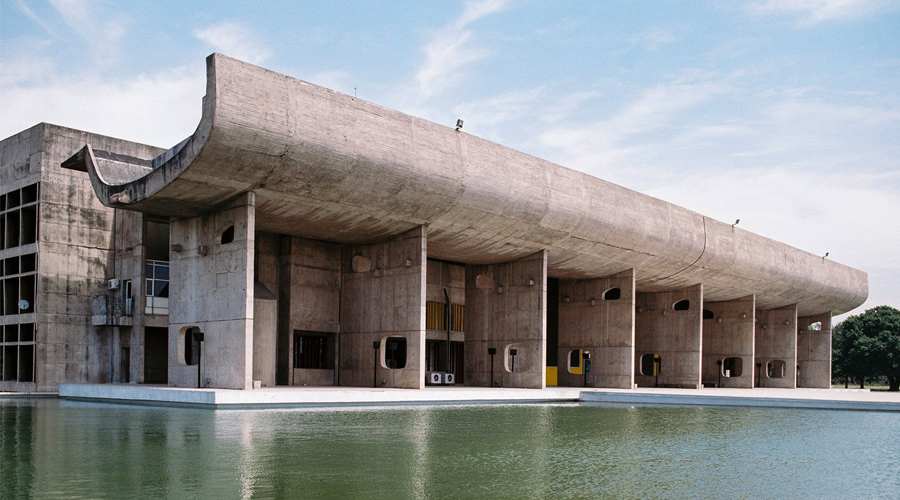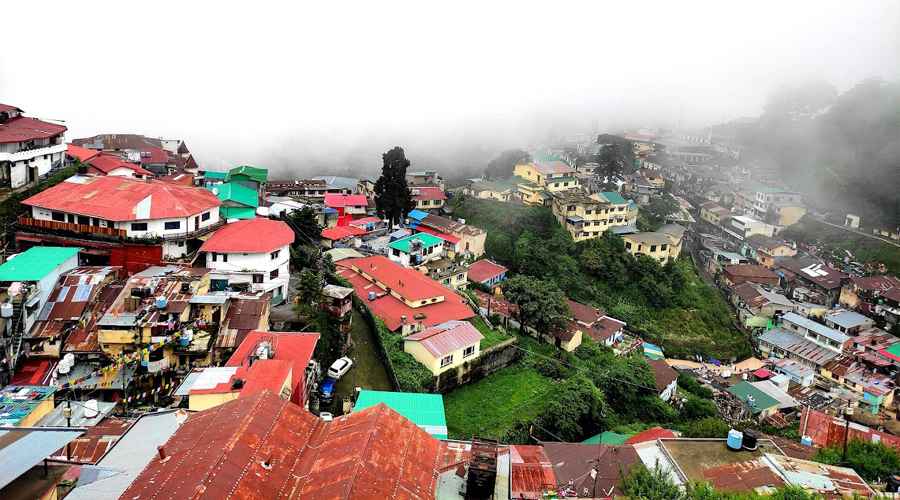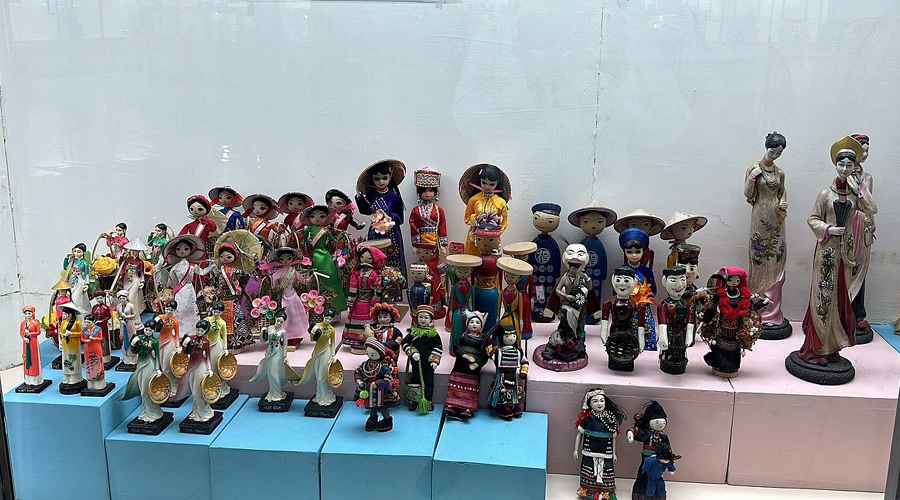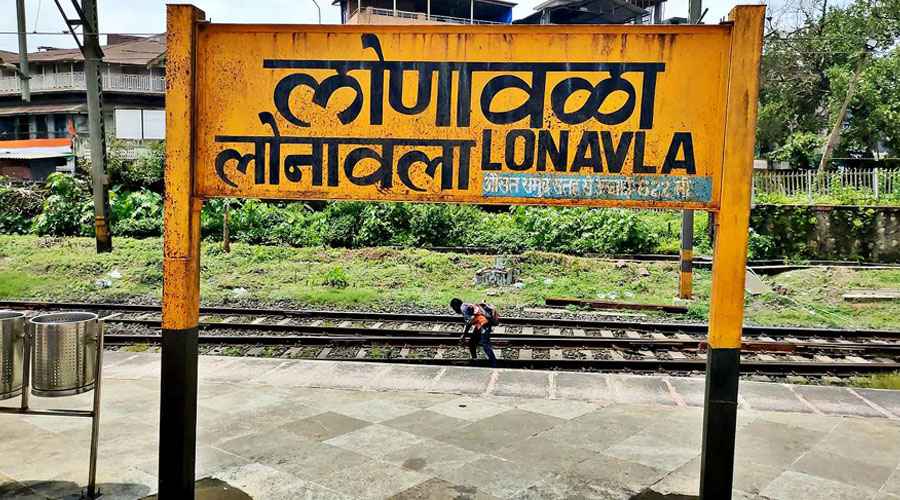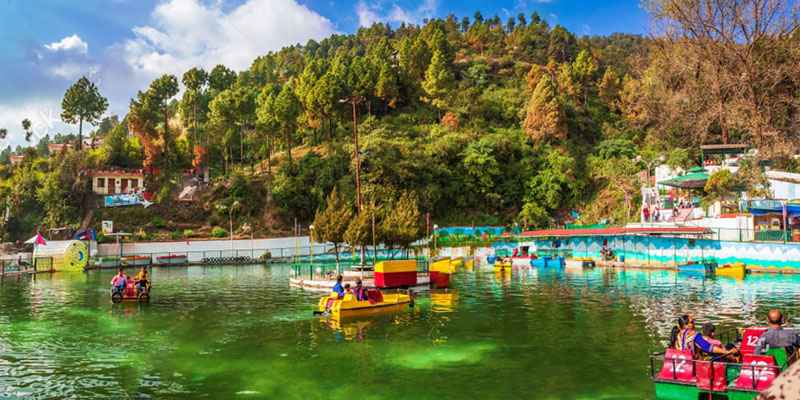Nestled at the foothills of the Shivalik range, Chandigarh is one of India’s most celebrated planned cities, envisioned as a symbol of modernity after independence. At the heart of this visionary urban fabric stands the Chandigarh Capitol Complex—a UNESCO World Heritage Site and one of architect Le Corbusier’s most iconic creations. This vast ensemble of monumental buildings, plazas, and symbolic structures embodies both the spirit of democracy and the aesthetic values of modern architecture.
Historical Context
After independence in 1947, India faced the monumental task of creating a new capital for Punjab, since Lahore had gone to Pakistan. Prime Minister Jawaharlal Nehru conceived Chandigarh as more than just a city—it was intended to represent the country’s forward-looking aspirations, shedding colonial influences and embracing progress. Initially designed by American architect-planner Albert Mayer, the project was soon entrusted to Charles-Édouard Jeanneret, better known as Le Corbusier, one of the 20th century’s greatest architects.
Le Corbusier envisioned Chandigarh as a living organism, with sectors functioning as “cells” and the Capitol Complex as the “head.” The Capitol was not just an administrative hub but a symbolic representation of democratic power, with structures embodying the three pillars of governance—the executive, the legislature, and the judiciary—anchored in a civic space that reflected freedom and openness.
Architectural Composition
The Chandigarh Capitol Complex is spread across more than 100 acres at the city’s northern edge. It comprises three monumental buildings and three emblematic monuments, set around expansive plazas and open spaces. The main components are:
1. Legislative Assembly
Perhaps the most striking of all, the Assembly building is distinguished by its bold geometric forms. The massive portico with a pyramidal profile, the sculpted paraboloid roof of the Assembly Hall, and the interplay of raw concrete with dramatic light effects make it a visual and functional marvel. Inside, the Assembly Chamber is lit by ingenious skylights, reflecting Corbusier’s mastery of natural light to enhance solemnity. It symbolizes the voice of the people and the deliberative core of democracy.
2. Secretariat
The Secretariat is the largest building of the Capitol Complex, a seemingly endless horizontal slab resting on sculptural pilotis (columns). As the administrative nerve center, it houses numerous government offices and stands as a model of modernist utility. The rhythmic facade is punctuated by brise-soleil (sun-breakers) that reduce heat and allow ventilation—an example of climate-responsive design much ahead of its time.
3. High Court
The judicial wing, formally the Palace of Justice, balances monumentality with transparency. Its celebrated double-roof structure creates a bold floating effect, with a brightly painted, sweeping upward canopy that offers shelter while symbolizing justice as an elevating force. The building exhibits both dignity and openness, embodying the principle that justice should be accessible to all.
The Three Monuments
Complementing the buildings are symbolic monuments crafted by Le Corbusier to embody principles of governance and human ideals.
The Open Hand Monument: Standing 26 meters high, it is the official emblem of Chandigarh. The rotating hand, designed to move with the wind, represents peace and reconciliation—open to give and open to receive. It encapsulates the essence of generosity and universal brotherhood.
The Geometric Hill: A sculpted earth mound symbolizing resistance and freedom, it reminds visitors of the struggles before the birth of independent India.
The Tower of Shadows: A striking experimental structure, it demonstrates Le Corbusier’s interest in solar movement and shading. It highlights the relationship of built form with nature and the importance of climatic considerations in architecture.
Symbolism and Philosophy
The Capitol Complex was not just about modernist aesthetics; it was deeply philosophical. Le Corbusier’s design emphasized scale, order, and symbolism. By placing the three institutions of democracy in harmonious balance, he visually represented equality among the organs of government. The vast plazas and empty spaces reflected openness, creating an environment of contemplation rather than intimidation. The use of raw concrete, bold geometry, and expansive proportions gave the complex a timeless gravitas, distinguishing it from colonial decorative styles.
UNESCO World Heritage Recognition
In 2016, the Chandigarh Capitol Complex was inscribed as a UNESCO World Heritage Site under the collective nomination “The Architectural Work of Le Corbusier, an Outstanding Contribution to the Modern Movement.” This global acknowledgment recognized the complex as a universal symbol of modernist architecture and urban planning. For India, it reaffirmed the country’s role in pioneering modern design at a historical moment of nation-building.
Current Relevance and Preservation
While the Capitol Complex continues to function as the seat of governance for both Punjab and Haryana, it also faces challenges. Weathering, urban pressure, and conservation concerns have prompted intensive preservation discussions. Maintaining such a vast, concrete-based ensemble requires specialized conservation techniques. Yet, the site remains a living architecture—still serving its original purpose, unlike many heritage monuments frozen in time.
Furthermore, the Capitol Complex continues to inspire architects, planners, and students worldwide. It is not just an administrative hub but a classroom in open air—a testimony to how architecture can represent values of democracy, rationality, and progress.
Conclusion
The Chandigarh Capitol Complex is not merely a cluster of government buildings but a cultural landmark, blending visionary urbanism with enduring philosophical values. Le Corbusier’s creation unified governance, symbolism, and the spirit of independence into concrete, light, and space. Today, as India grapples with issues of urban growth, sustainability, and civic identity, the Capitol Complex remains a reminder of how architecture can embody ideals larger than function. It stands as one of the greatest experiments in building a modern nation, a symbol of India’s tryst with modernity, and a living proof of the power of design to inspire civic life.
